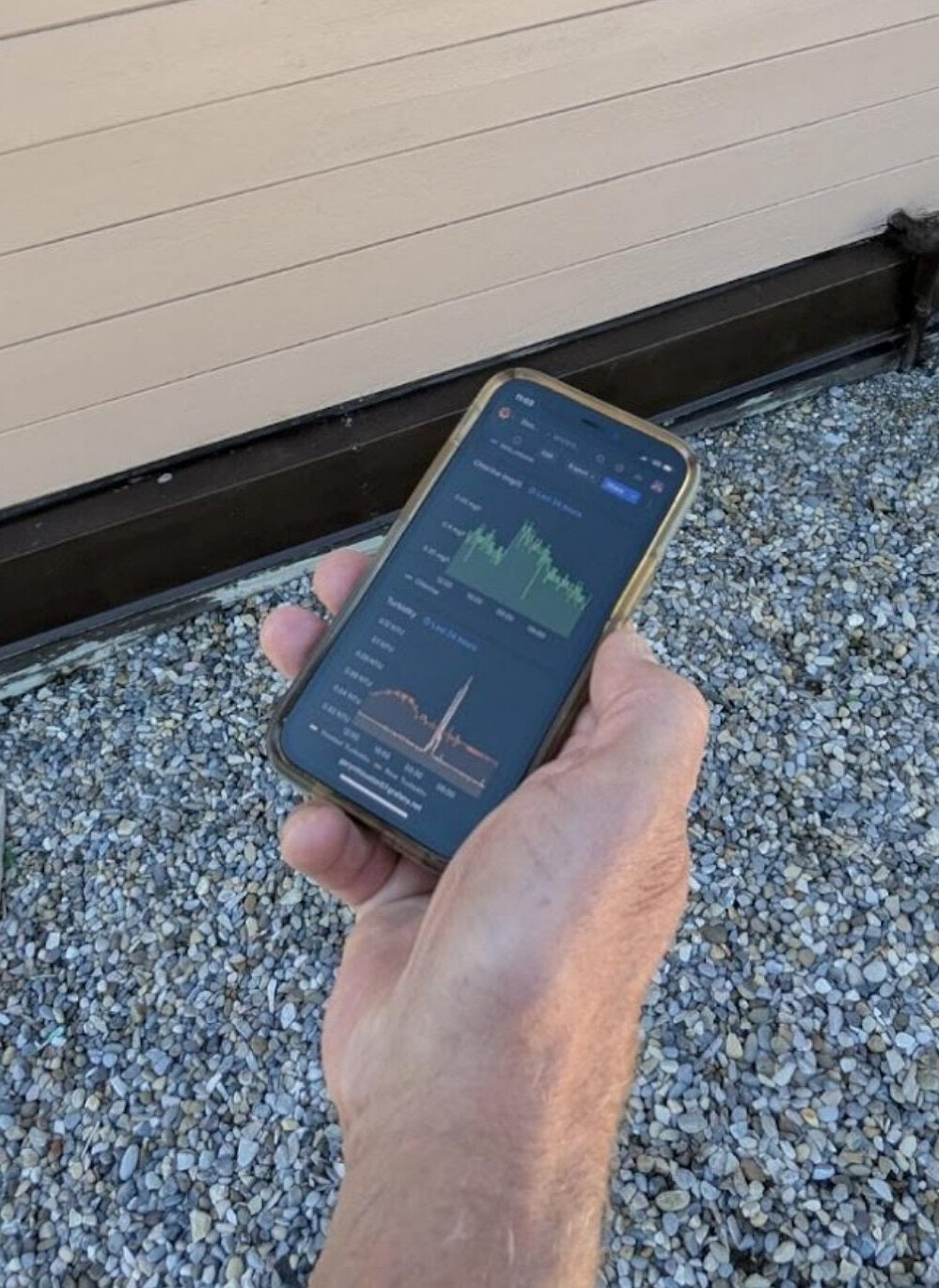Westview Co-op's Remote Monitoring System
As Vice President of Operations for Westview Water Supply Ltd., a small water co-operative west of Calgary, Gary Houston knows firsthand how important dependable and safe potable water is for the community.
| “Our 500-meter system serves 12 families and is the only source of potable water for our neighbourhood,” explains Gary. “We draw water from wells in the Elbow River floodplain, but because it's influenced by surface water, we treat it accordingly using microfiltration and chlorination to protect against parasites, viruses and bacteria. We need to make sure every drop of our water is safe for drinking, whether it’s poured into a glass or onto a garden.” |
Twenty years ago, when Gary moved into the neighbourhood, the co-op hadn’t changed much since it was built in the 1980s. The system required constant supervision and the only alert to issues in the water system was a flashing light on the outside of the water house.
| “For years, we relied on a simple blinking light to signal problems like low water or chlorine levels. But it was unreliable, hidden by trees in the summer and easily missed at night. We couldn’t diagnose problems without going to the site and there was no data to guide us. So, over a decade ago we started shifting to remote monitoring systems that gave us real-time visibility and changed how we manage water treatment.” |
The current, more sophisticated, remote monitoring system uses programmable logic controllers (PLCs). These compact, affordable devices (about the size of a coffee cup) are small computers that collect data, control pumps and valves all based on customized programming. Connected to web-based platforms, the system gathers and analyzes real-time data on water levels, chlorine concentration, pump activity and flow rates. Operators can access a dashboard from any internet-enabled device to view data, receive alerts and quickly check the system’s status. Built-in fail safes automatically shut down operations if operating thresholds are passed ensuring that regulatory and safe limits are never exceeded. Instant email notifications allow the co-op to respond rapidly, preventing disruptions and helping ensure safe, reliable water distribution.
| “Remote monitoring changed our approach from reacting to problems to managing them proactively. With real-time data, automatic alerts and web-connected insights, we've not only improved safety and efficiency but discovered patterns we never knew existed.” |
This technology used to be only practical for large operations but thanks to the internet and technical advances, today it can be implemented in any co-op at a reasonable cost.
“Water co-ops of any size should consider investing in affordable remote monitoring technology to gain real-time insights into their systems. This kind of innovation supports early intervention, improves safety, helps detect leaks and reduces operating costs,” says Gary. “This technology offers more than data. It delivers peace of mind.”


